
Muhammad Anwar es-Sadat was an Egyptian politician and military officer who served as the third president of Egypt, from 15 October 1970 until his assassination by fundamentalist army officers on 6 October 1981. Sadat was a senior member of the Free Officers who overthrew King Farouk I in the Egyptian Revolution of 1952, and a close confidant of President Gamal Abdel Nasser, under whom he served as Vice President twice and whom he succeeded as president in 1970. In 1978, Sadat and Menachem Begin, Prime Minister of Israel, signed a peace treaty in cooperation with United States President Jimmy Carter, for which they were recognized with the Nobel Peace Prize.

Gamal Abdel Nasser Hussein was an Egyptian military officer and politician who served as the second president of Egypt from 1954 until his death in 1970. Nasser led the Egyptian revolution of 1952 and introduced far-reaching land reforms the following year. Following a 1954 attempt on his life by a Muslim Brotherhood member, he cracked down on the organization, put President Mohamed Naguib under house arrest and assumed executive office. He was formally elected president in June 1956.
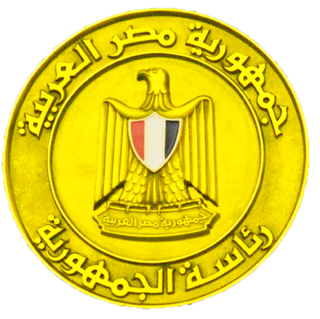
The president of the Arab Republic of Egypt is the executive head of state of Egypt and the de facto appointee of the official head of government under the Egyptian Constitution of 2014. Under the various iterations of the Constitution of Egypt following the Egyptian Revolution of 1952, the president is also the supreme commander of the Armed Forces, and head of the executive branch of the Egyptian government.

Mohamed Hassanein Heikal was an Egyptian journalist. For 17 years (1957–1974), he was editor-in-chief of the Cairo newspaper Al-Ahram and was a commentator on Arab affairs for more than 50 years.
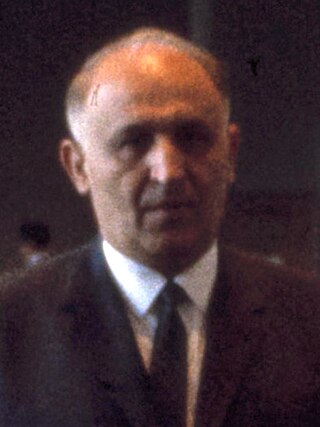
Mahmoud Fawzi was an Egyptian diplomat and political figure who was Prime Minister of Egypt from 1970 to 1972 and the vice president of Egypt from 1972 to 1974.

Mohamed Abdel Hakim Amer was an Egyptian military officer and politician. Amer served in the 1948 Arab–Israeli War, and played a leading role in the military coup that overthrew King Farouk in 1952. After leading Egyptian forces in the 1956 Suez war, he was appointed Minister for Defense by President Gamal Abdel Nasser and was Egyptian Vice President between 1958 and 1965.

Field Marshal Ahmad Ismail Ali was an Egyptian senior military officer who was Egypt's minister of war during the Yom Kippur War of 1973. He is best known for his planning of the attack across the Suez Canal, code-named Operation Badr.
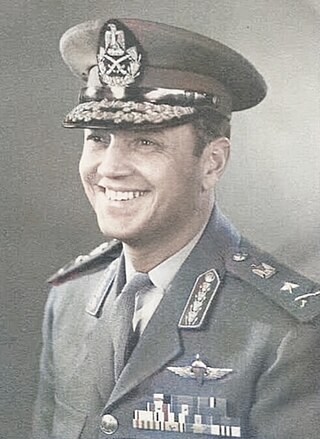
Saad el-Din Mohamed el-Husseiny el-Shazly was an Egyptian military officer. He was Egypt's chief of staff during the Yom Kippur War. He is credited with the equipping and preparation of the Egyptian Armed Forces in the years prior to the successful capture of the Israeli Bar-Lev line at the start of the Yom Kippur War. He was dismissed from his post on 13 December 1973.

The Ministry of Culture of Egypt is a ministry responsible for maintaining and promoting the culture of Egypt.

Ihsan Abdel Quddous was an Egyptian writer, novelist, and journalist and editor in Egypt's Al Akhbar and Al-Ahram newspapers. He wrote many novels that were adapted into films, and served as editor for many years of the literary journal Rose al-Yūsuf.

Aziz Sedky was an Egyptian politician and engineer. Sedky served as the Prime Minister of Egypt from 16 January 1972 until 26 March 1973. He was nicknamed the "father of Egyptian industry."

Abdel Latif Baghdadi was an Egyptian politician, senior air force officer, and judge. An original member of the Free Officers Movement which overthrew the monarchy in Egypt in the 1952 Revolution, Boghdadi later served as Gamal Abdel Nasser's vice president. The French author Jean Lacouture called Boghdadi "a robust manager" who only lacked "stature comparable to Nasser's." The two leaders had a falling out over Nasser's increasingly socialist and pro-USSR policies and Boghdadi subsequently withdrew from political life in 1964, although he mended ties with Nasser before the latter's death in 1970.

Abdel Hamid Sarraj was a Syrian Army officer and politician. When the union between Egypt and Syria was declared, Sarraj, a staunch Arab nationalist and supporter of Egyptian president Gamal Abdel Nasser, played a key role in the leadership of the Syrian region of the UAR. Due to the repression of the UAR towards the Syrian communists he was nicknamed Sultan Abdel Hamid referring to the Ottoman sultan Abdul Hamid II.
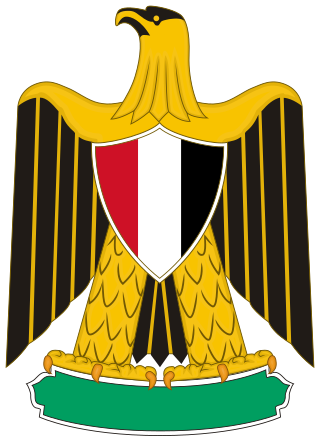
The Arab Socialist Union was an Egyptian political party based on the principles of Nasserism and Arab socialism. It was evolved during the years of Sadat to become the National Democratic Party which ruled Egypt until the 2011 revolution.
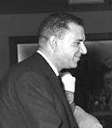
Shams Al Din Badran was an Egyptian government official. He served as minister of war of Egypt during Gamal Abdel Nasser's era and the Six-Day War of 1967. He was removed from his post during the war and later imprisoned. After his release he married a British woman and lived in "self-imposed exile" in the United Kingdom.
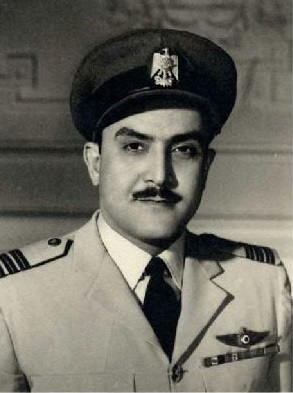
Hassan Ibrahim was an Egyptian Air Force officer and one of the founders of the Free Officers movement.
Şehzade Mahmud Namık Efendi was an Ottoman prince, the only son of Şehzade Ömer Hilmi, and his third consort Hatice Fidervs Gülnev Hanım. He was the grandson of Sultan Mehmed V Reşad and Mihrengiz Kadın.
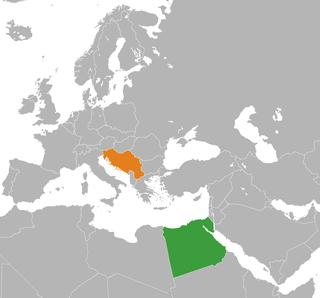
Egypt–Yugoslavia relations were historical foreign relations between Egypt and now break-up Yugoslavia. Both countries were founding members and prominent participants of the Non-Aligned Movement. While initially marginal, relations between the two Mediterranean countries developed significantly in the aftermath of the Soviet-Yugoslav split of 1948 and the Egyptian revolution of 1952. Belgrade hosted the Non-Aligned movement's first conference for which preparatory meeting took place in Cairo, while Cairo hosted the second conference. While critical of certain aspects of the Camp David Accords Yugoslavia remained major advocate for Egyptian realist approach within the movement, and strongly opposed harsh criticism of Cairo or proposals which questioned country's place within the movement.

Egypt–Tanzania relations are bilateral relations between Egypt and Tanzania. The two nations primarily maintain trade ties and established formal diplomatic relations in 1964.

Mohamed Fayek is an Egyptian politician who held various cabinet posts from 1967 to 1971 during the presidency of Gamal Abdel Nasser. He was the minister of national guidance in 1967, the minister of information between 1968 and 1970 and the state minister for foreign affairs between 1970 and 1971. He was also elected as a deputy to the People's Assembly in 1968.



















